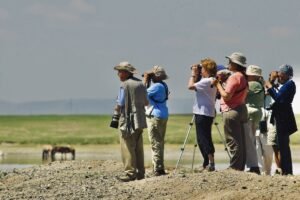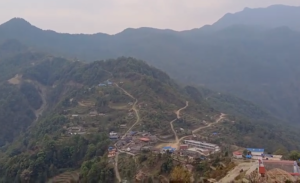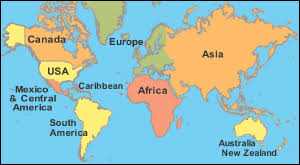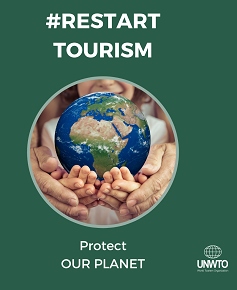Asia Pacific’s adventure tourism potential
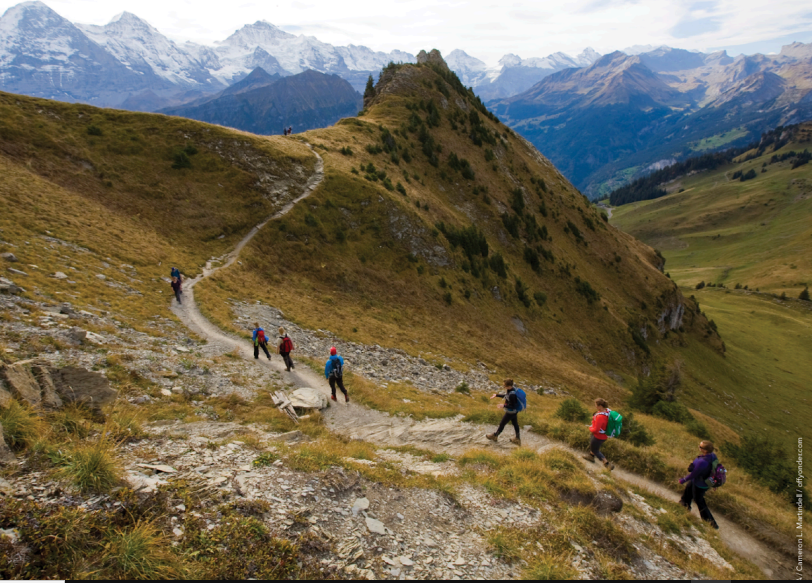
By Heather Kelly
The recent release of the 2024 Adventure Tourism Development Index (ATDI) report provides a fresh post-pandemic look at the adventure tourism landscape, highlighting destinations that are leading the market and offering key insights for countries to unlock the economic and social benefits of adventure tourism by catering to the rising demand for authentic and transformative travel experiences.
In the larger Adventure Tourism Development Index (ATDI), APAC countries with advanced economies (New Zealand, Japan, Australia, Singapore, South Korea) dominate the top spots. However, the remaining 22 countries in the APAC region with emerging/developing economies are also important in the adventure tourism industry, so we created a deep dive focused on this large region, breaking it down into the smaller areas of East and Southeast Asia, South Asia, Central Asia, and the South Pacific Island nations.
East & Southeast Asia: A Mix of Established Players and Rising Stars
East Asia boasts a diverse landscape of adventure tourism destinations, with Thailand leading the way. Its well-developed infrastructure, positive image, and excellent transportation networks make it a top choice for adventure travelers. However, to maintain its position and ensure long-term success, Thailand must prioritize sustainable development practices. Similarly, Malaysia, with its thriving entrepreneurial spirit and supportive business environment, needs to further embrace sustainability to secure its future in adventure tourism.
China, while already a strong contender with its rich cultural heritage and robust infrastructure, has the potential to attract more adventure travelers by enhancing its global image and improving health services. Meanwhile, Mongolia, with its pristine landscapes and unique nomadic culture, shows strong potential in natural and cultural resources. Both Vietnam and Indonesia also hold promise but need to focus on improving their adventure tourism offerings to become more competitive in the region.
South Asia: Safety and Heritage Drive Appeal
Within South Asia, Bhutan emerges as a leader thanks to its strong emphasis on safety and environmental preservation. Its commitment to sustainable practices and unique cultural heritage make it a compelling destination for eco-conscious travelers.
However, other countries in the region face challenges in maximizing their adventure tourism potential. For example, India, while possessing a well-developed tourism sector, needs to address concerns related to safety, health, and sustainability.
Central Asia: Untapped Potential Beckons
Central Asia presents a mixed scenario for adventure tourism development. While Kazakhstan and Kyrgyzstan stand out with strong enabling environments and a commitment to climate resilience, they need to improve infrastructure and enhance their international image to attract more adventure travelers. Uzbekistan, despite its positive enabling environment, also lags in safeguarding natural areas and promoting local cultures.
South Pacific Islands: Natural Wonders and Sustainable Practices
Fiji leads the South Pacific Island nations in adventure tourism, boasting a well-established tourism industry with a strong emphasis on sustainability and safety. By further improving natural resource management, Fiji can solidify its position as a top destination for eco-conscious adventurers. Palau, renowned for its pristine marine environment, also shows great promise, but needs to focus on developing its tourism infrastructure and promoting its unique offerings to a wider audience.
Samoa, with its strong entrepreneurial spirit, has the potential to become a major player in adventure tourism. However, addressing infrastructure limitations and enhancing its global image will be crucial to attracting more visitors. Similarly, Vanuatu and Tonga, while offering safe and climate-resilient environments, need to improve resource management, infrastructure, and international promotion to compete effectively in the regional market
Moving Forward
The Asia Pacific region benefits from several key strengths, including a growing demand for sustainable and experiential tourism, a wealth of untapped natural resources and cultural heritage, and the emergence of new adventure activities. However, it also faces challenges in infrastructure development, environmental sustainability, and safety and security.
The 2024 ATDI serves as a valuable guide for emerging and developing economies in the Asia Pacific to navigate the dynamic adventure tourism market. By embracing sustainable practices, investing in infrastructure, and leveraging their unique natural and cultural assets, these nations can create unforgettable experiences for adventure travelers while ensuring the long-term health of their environments and communities.
20 June 2025



